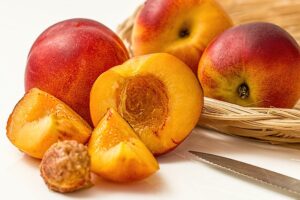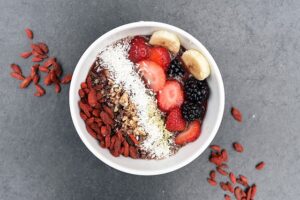Introduction
Protein bars have become a popular choice for individuals seeking a convenient and nutritious snack option. However, many people find themselves wondering why protein bars are often priced higher than other snacks on the market. In this article, we will explore the various factors that contribute to the higher cost of protein bars and shed light on why they are often more expensive.
Ingredients and Quality
Ingredients: One of the primary reasons for the higher cost of protein bars is the quality of ingredients used. Protein bars typically contain a variety of high-quality ingredients such as protein isolates, nuts, seeds, and natural sweeteners. These ingredients are often more expensive than the ones used in conventional snacks.
Protein Isolates: Protein isolates, such as whey or soy protein, are commonly used in protein bars to provide a concentrated source of protein. These isolates undergo a process to remove excess fat and carbohydrates, resulting in a higher protein content. The cost of producing protein isolates is higher compared to other protein sources, contributing to the overall price of protein bars.
Nuts and Seeds: Many protein bars include nuts and seeds, which are nutrient-dense and provide essential fatty acids. However, these ingredients can be expensive due to their quality and the additional processing required to ensure they are free from contaminants.
Natural Sweeteners: To enhance the taste of protein bars without adding excessive sugars, manufacturers often use natural sweeteners like stevia or monk fruit extract. These sweeteners are pricier than artificial alternatives, but they offer a healthier option for consumers.
Research and Development
Formulation: Developing a protein bar that not only tastes good but also meets nutritional requirements is a complex process. Manufacturers invest significant time and resources in research and development to create a product that provides the desired protein content while maintaining a pleasant texture and flavor. The costs associated with formulating and perfecting the recipe are reflected in the final price of protein bars.
Testing and Quality Control: Protein bar manufacturers must adhere to strict quality control standards to ensure consistency and safety. This involves regular testing of ingredients, as well as the final product, to ensure it meets the desired nutritional profile and is free from contaminants. The expenses incurred during testing and quality control processes contribute to the overall cost of protein bars.
Packaging and Marketing
Attractive Packaging: Protein bars often come in individual packaging, which not only provides convenience but also helps to maintain freshness. The cost of producing and designing attractive packaging adds to the overall price of the product.
Marketing and Branding: Protein bar manufacturers invest in marketing and branding efforts to promote their products and create brand recognition. These expenses, including advertising, sponsorships, and endorsements, are factored into the cost of protein bars.
Economies of Scale
Production Volume: Protein bars are often produced in smaller quantities compared to other snacks, resulting in higher production costs. Mass production allows for economies of scale, where the cost per unit decreases as the volume increases. Since protein bars are not as widely consumed as other snacks, manufacturers do not benefit from the same economies of scale, leading to higher prices.
Conclusion
In conclusion, several factors contribute to the higher cost of protein bars. The quality of ingredients used, including protein isolates, nuts, seeds, and natural sweeteners, plays a significant role in driving up the price. Research and development, testing and quality control, packaging, marketing, and the lack of economies of scale also contribute to the overall cost. While protein bars may be more expensive than other snacks, they offer a convenient and nutritious option for individuals looking to supplement their protein intake.
References
– www.foodinsight.org
– www.ncbi.nlm.nih.gov
– www.consumerreports.org











